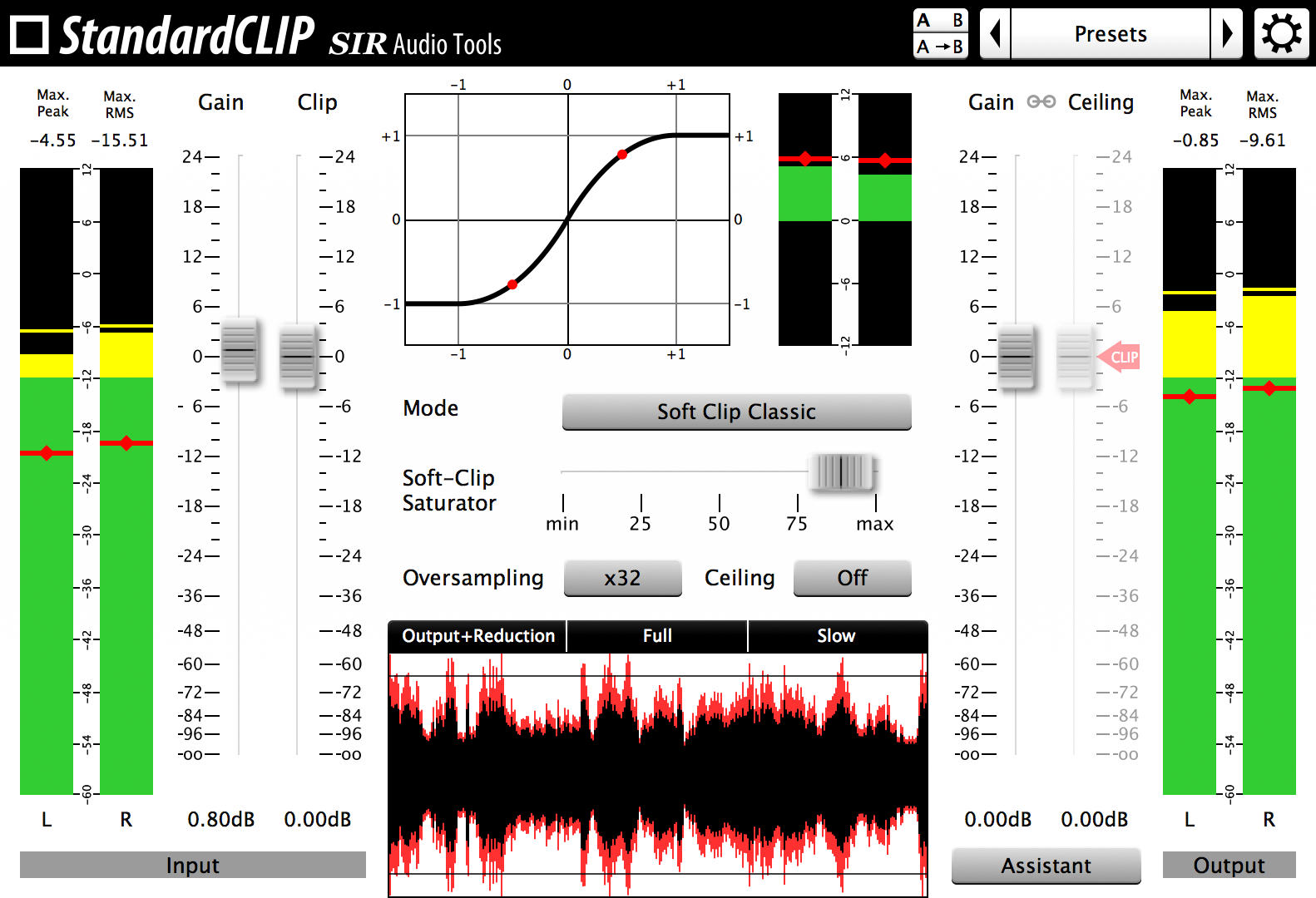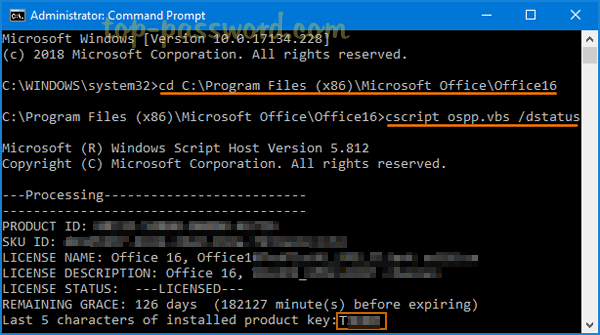Apply effects to sweeten the sound of all audio on your system, with the built-in 10-band equalizer and support for advanced Audio Unit plugins. Super Volume Keys HDMI devices, DisplayPort audio outputs, and more fail to support the volume keys found on Mac keyboards. Made for Your Mac. Lightkey was engineered from the ground up as a native Mac app, so it’s finally goodbye to the Windows emulation. It perfectly matches your Mac’s look and feel and comes with all the familiar features like Dark Mode, full screen view, autosaving, copy and paste, unlimited undo, or automatic updates.
Strata Series®: Core Ultimate

Core Ultimate is Sonicfire® Pro 6's aptly named included album. Meticulously produced for the highest possible production value, it covers a wide swath of styles, providing the media creator a rich and varied palette for almost any visual need.

This incredible album includes a themed three-track orchestral suite ideal for scoring entire movies when used with Sonicfire® Pro 6's powerful technologies, inspirational tracks with a modernist edge, simple happy, upbeat music, a rave rhythm-guitar jam perfect for high activity, a live vocal indie-rock song that could be a chart-topper, and more (10 great tracks in all).
All ten tracks are in SmartSound's Multi-Layer format giving you total access to all of Sonicfire Pro 6's exciting features. This album will give you countless ways to explore Sonicfire® Pro 6's great technologies that will in turn, allow you to meld them into the perfect fit for your unique vision.
Core Ultimate is only available as part of Sonicfire® Pro 6 and not sold separately.
Mac is a good option for whatever purpose you wish to use it. It won’t let you down, most of the times. However, there are some instances when your Mac will pose a certain issue and stop starting up properly. In this case, being familiar with the Mac Startup keys can help you a lot. Therefore, in this post, I will demonstrate everything you need to know about the 20 Most Important Mac Startup Keys. After knowing about them, you can use them anytime you need and get rid of the unwanted trouble.
Let’s begin our quest to learn about the Mac Startup keys.
Contents

- 1 What are Mac Startup Keys
- 1.2 Some important things to remember

Sound Control For Mac License Key Finder

What are Mac Startup Keys
For a basic definition, using Mac startup keys simply means pressing a key or holding a combination of keys during startup to access certain features that are available at the time of booting.
Usually, your Mac works completely fine. Until the moment, it refuses to start up properly due to an unexpected system error, a poorly behaving app, a corrupted system component and some other threat. Also, if you consider a situation other than this, different people have different needs for starting up their computer.
As an example, you could be a geek who dual boots between OS X and Windows on a regular basis. On the other hand, there are users who want to boot a Mac from a disk other than their designated startup disk. Or, you are a casual user looking to isolate the cause of a software problem in the Safe Mode or, boot right into Recovery OS as the last option.
There can be several other scenarios too. Knowing about the Mac Startup keys will help you in all these situations.
20 Important Mac Startup Keys & Combinations
This is a quick guide of the keyboard shortcuts you can use to access useful Mac OS X features which are only available at the time of booting.
If you want to boot your Intel-based Mac into any of OS X’s inbuilt startup modes, you must press and hold one or more keys detailed below after turning on the computer. Make sure you press the keys immediately after hearing the startup sound unless some other way is specified.
- Power (⎋): Manually restart
- C: Boot from CD/DVD
- Option (⌥): Startup Manager
- Command (⌘)—S: Single-User Mode
- T: Target Disk Mode
- Command (⌘)—V: Verbose Mode
- Shift (⇧): Safe Mode
- Command (⌘)—R: Recovery OS
- Command (⌘)—Option (⌥)—R: Internet Recovery OS
- D: Apple Hardware Test
- Option (⌥)—D: Apple Hardware Test over the Internet
- N: Boot from NetBoot server
- Option (⌥)—N: Boot from NetBoot server using the default image
- Media Eject, F12, mouse button or trackpad button: Eject removable media
- X: OS X Startup Volume- It will start up your Mac from an OS X startup volume when it’d otherwise boot from a non-OS X volume, like a Windows partition.
- Hold down the Shift (⇧) key after clicking the Log In button in OS X’s login window until the desktop appears: Prevent Login Items from opening- It will override your current settings and prevent Login Items and Finder windows from your last session from opening when you log in.
- Hold the left Shift (⇧) key after OS X’s boot progress indicator appears: Prevent automatic login- If you enabled the option to automatically log a specific OS X account every time your Mac starts up, you can override this setting with this shortcut.
- Command (⌘)—Option (⌥)—P—R, then release the keys after you hear the startup sound for the second time: Reset PRAM/NVRAM
- Shut down your Mac, and then press and hold the left-side Shift (⇧)—Control (⌃)—Option keys along with the Power (⎋) button, all at the same time, until the computer turns on. Now release the keys and then turn your Mac back on using the power button: Reset SMC
Some important things to remember
There are certain things which you should remember and know when you want to use the Mac Startup keys. These will make sure that you don’t mess things up and also make you inform against the incoming issues. An aspiring pro should always acquire additional information. Take a quick look at these.
The Startup Sounds
You should never turn the volume all the way down before restarting your Mac. Hearing the startup tunes other than the familiar startup sounds is the initial step in determining what might be causing issues that your computer is experiencing.
Other than the diagnosis part, Startup sounds are also important for using some of the Mac Startup keys. So, you should always keep the Startup chimes up to the audible stages.
Startup Key Combinations Not Responding
There are some Mac notebook models on which the startup key combinations might not respond under certain situations. For example, if you are using an early-2015 12-inch MacBook model and have an Apple’s Bluetooth keyboard connected to it, these key combinations will not work on your wireless keyboard.
To solve this problem, you can simply use the MacBook’s built-in keyboard to get to Startup Manager, Recovery Mode, Single User Mode, Safe Mode and other features that are available at boot time.
Another solution is to connect any standard USB keyboard to your Mac via a USB-C adapter. This keyboard will make you able to use the Mac Startup keys without any hassle.
Control Key With Nano On A Mac
Don’t use the Startup Keys if you are in confusion
Sound Control For Mac License Key Free
This might seem pretty obvious but it is actually important. If you have any kind of confusion in your mind or if you are unaware of the Startup keys, just don’t try to use them unless you have cleared the mist. Take a picture, screen capture it, screenshot it or put a bookmark at the Quick Guide of the Mac Startup keys present above, so you can use it as a reference any time you wish to use the keys.
Conclusion
Knowing about the Mac Startup keys is very important if you want to explore the functionalities of Mac that are only available at the booting time. These were the 19 Most Important Mac Startup keys. For any doubts, queries or suggestions, feel free to visit the Comments section. Hope I helped you in some way.